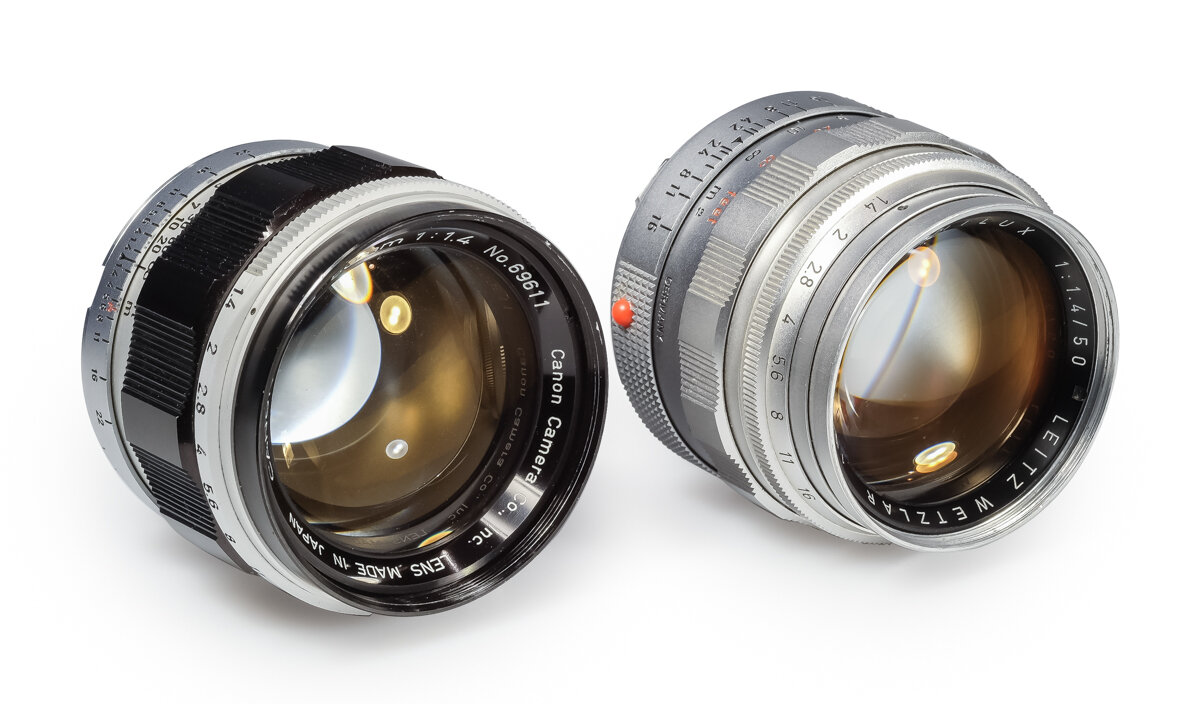Everyone knows the motto of the Boy Scouts of America – Be Prepared. For a photographer, being prepared means having the tools on hand to do the job: what camera and lens combination will you need to get an anticipated job done. When travelling, you need to consider the camera and lenses you might n

leicasocietyinternational.org
The LSI calls the Canon 50/1.4 the Japanese Summilux.
I doubt they will refer to the Summilux as the German Opic.
Or the Canon 50/1.4 as the Japanese Opic.
Once thing for sure- the Germans came up with great names for lenses.


